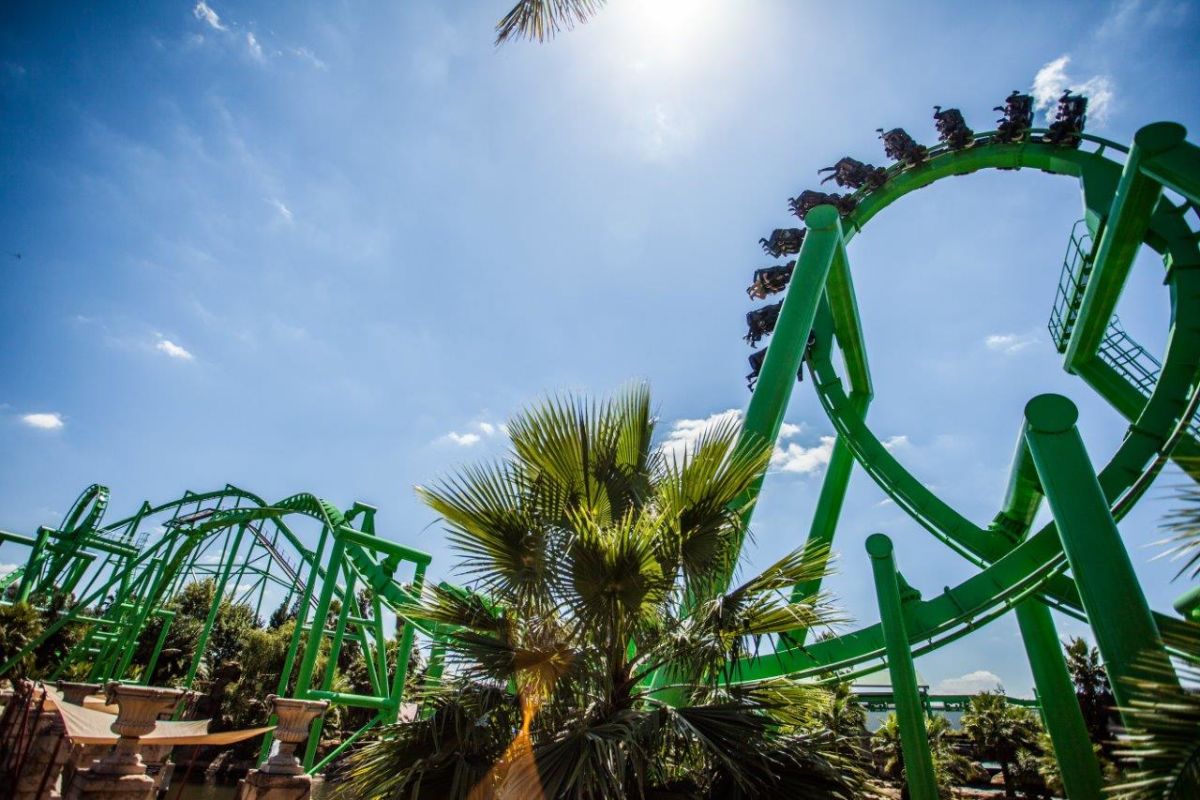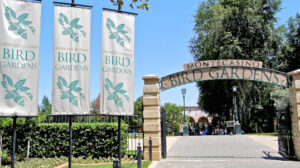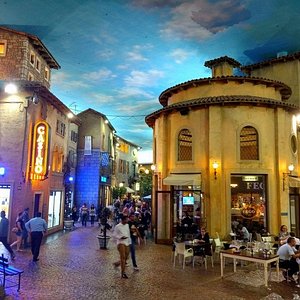A Biased View of Johannesburg North Attractions
A Biased View of Johannesburg North Attractions
Blog Article
Johannesburg North Attractions Things To Know Before You Get This
Table of ContentsThe Basic Principles Of Johannesburg North Attractions About Johannesburg North AttractionsExamine This Report about Johannesburg North AttractionsAll About Johannesburg North AttractionsThe Single Strategy To Use For Johannesburg North AttractionsThe Single Strategy To Use For Johannesburg North AttractionsExamine This Report on Johannesburg North Attractions
Nevertheless you should keep safety in mind and tourists have to continue to be alert in all times when in unknown surroundings. Talk to the citizens when you are in town to discover the area you are staying in. Johannesburg North attractions. When on the street (this doesn't put on purchasing malls and various other secure atmospheres) finest basic suggestions is to attempt your ideal to look like a local and to stay clear of displaying any type of form of wealth
More About Johannesburg North Attractions
Professor Revil Mason O. J. (Thomson, 1946) explored the Witwatersrand's pre-colonial history. His archaeological work took off the 'em pty land' myth, according to which the region was empty of human habitation prior to the arrival of European settlers. In his publications Prehistory of the Transvaal: A Record of Human Task (1962) and Beginnings of Black People of Johannesburg and the Southern Western Central Transvaal Advertisement 3501880 (1986 ), Professor Mason demonstrated the degree of social and financial advancement in the area before Europeans established foot right here.

The Single Strategy To Use For Johannesburg North Attractions
In 1878, David Wardrop located gold in quartz veins at Zwartkop, north of Krugersdorp. In 1881, Stephanus Minnaar came across gold on the farm Kromdraai, near the Cradle of Mankind.
In March 1886, a protrusion (quickly to be called the Main Reef) was located, fairly fortuitously, on Gerhardus Oosthuizen's ranch Langlaagte. Some state that the Lancastrian coal miner George Walker discovered this reef. An additional travelling English miner, George Harrison (who had actually previously operated in Australian mines) acquired a prospecting licence in regard of Langlaagte in Might 1886.
He determined to carry on in a pursuit for greener pastures, and disposed of his Langlaagte insurance claim for the handsome sum of 10. Alas: beneath lay the richest goldfield ever discovered. The exploration of this rich auriferous coral reef prompted a gold thrill that indicated the end of bucolic serenity in the southerly Transvaal.
It would, within six years, come to be the largest community in southerly Africa. Within a years, it would certainly make the Z. A. R. until then an anarchical and bankrupt little state the wealthiest country in Africa. By the turn of the century, the Z. A. R. was to surpass Russia, Australia and the United States of America to come to be the world's leading gold producer, generating even more than a quarter of the globe's gold.
Johannesburg North Attractions Fundamentals Explained
It was referred to as Ferreira's Camp, called after Colonel Ignatius Ferreira. He was a Boer traveler upon whom the British authorities had actually presented the standing of Buddy of the Many Distinguished Order of St Michael and St George (entitling him to the post-nominal letters C. M. G.) in gratefulness for his duty in the war that had actually deposed the Pedi king Sekhukhune in 1879.
2 other camps were developed: Meyer's Camp on the farm Doornfontein, and Paarl Camp. The latter was nicknamed Afrikander Camp; many people from the Cape Swarm settled there.

Getting My Johannesburg North Attractions To Work
This name acquired currency by word of mouth, such that the State Assistant affirmed the name to the Mining Commissioner on 9 October 1886. Stands in the village were auctioned on 8 December 1886. While some stands were cost 10, others were knocked down for as little as sixpence.
Two years later on, these erven were to transform hands for as high as 750 each. The tented camps dwindled as a dorp of corrugated iron structures created and expanded north of the mines located along the Key Coral Reef Roadway. Areas such as Jeppe's Town (where working-class immigrants erected their dwellings) and Doornfontein (where the affluent new 'Randlords' started to construct their extravagant houses) were quickly contributed to the ever-expanding map of the community.
Fascination About Johannesburg North Attractions
Apart from the street names, there were no indicators of Johannesburg being located in a Dutch-speaking nation., nearly everybody spoke English and also the Federal government servants More Bonuses resolved one in English, unless they were very first addressed in the Taal (or Reduced Dutch)'.
Britain had a passion in ensuring optimal conditions for gold production on the Witwatersrand, and that the gold was exported to London rather than Berlin a necessary made all the extra clamant by the Z. A. R.'s boosting toenadering with Germany. Mine proprietors got on a clash with Head of state Kruger, whose policy of monopolistic giving ins (frequently approved to his cronies) prevented mining business from obtaining materials of materials (specifically dynamite) and labour by themselves, more affordable terms
Rumored Buzz on Johannesburg North Attractions
In 1890, the Volksraad had actually limited the franchise business to white guys that had actually lived in the Z. A. R. for fourteen years or longer, thus invalidating a lot of the immigrants (who happened to be the significant factors to the fiscus). Anxiety for the ballot was a mere pretense for promoting a different agenda; a lot of uitlanders regarded themselves as temporary site visitors and had no intent of remaining in the Z.
Report this page